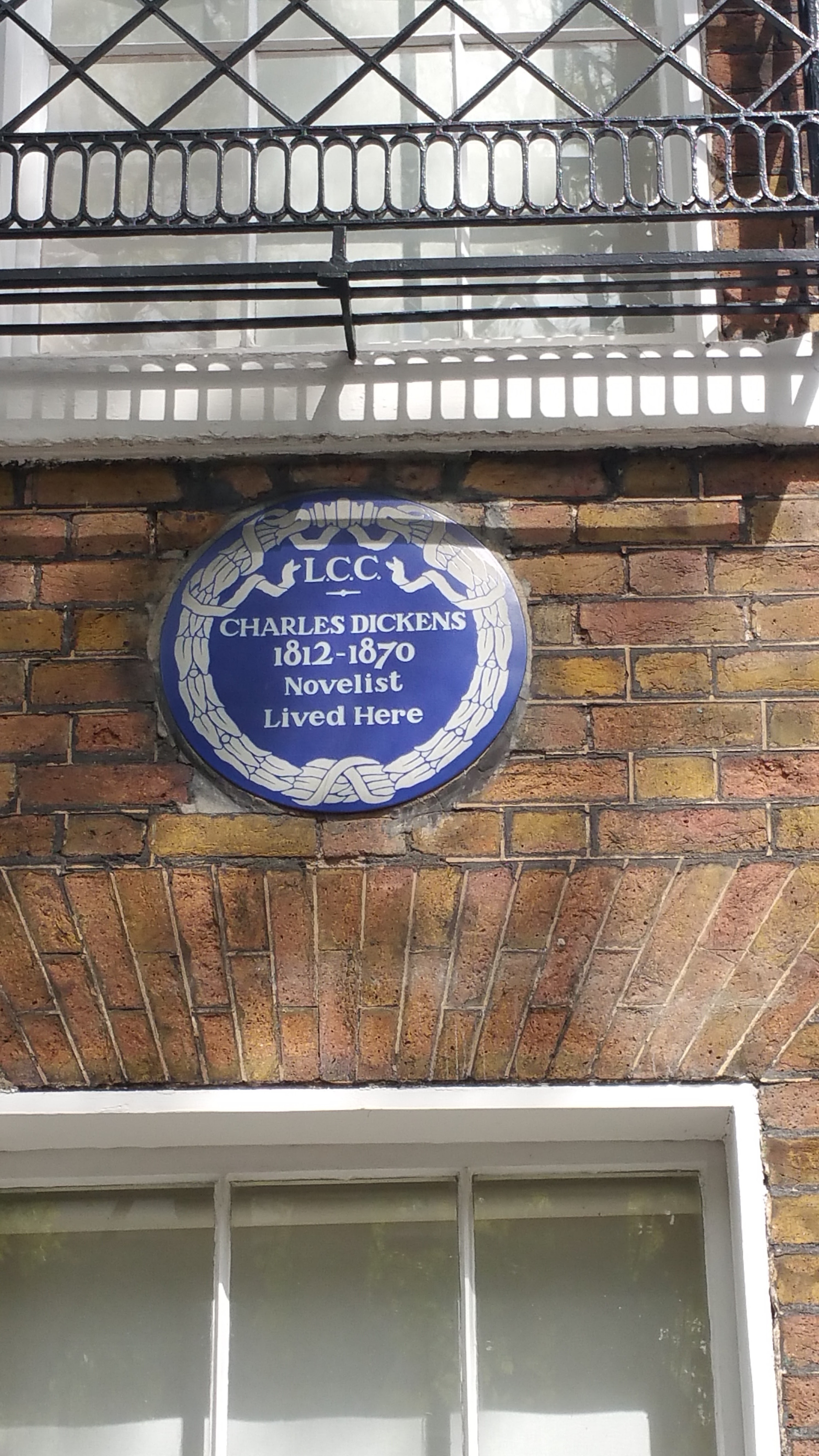
Do you have a neighbor whose conduct is reducing or barring you from enjoying your own property? A nuisance claim may be the answer to your problem.
Nuisance law is alive and well in Utah and modern courts. The problem, however, is its relative complexity.
“There is perhaps no more impenetrable jungle in the entire law than that which surrounds the word ‘nuisance.’ ” W. Page Keeton et al., Prosser and Keeton on the Law of Torts (Prosser on Torts ) § 86, at 616 (5th ed.1984).
There are two kinds of nuisance, public (see Utah Code Ann. § 76–10–803) and private (see Utah Code Ann. § 78B-6-1101). Bear with me for a moment while I give you the gist of these claims. I am not trying to provide a treatise on nuisance but to give you enough information to determine whether you should look into it further if you believe it applies to your circumstances. Once you see the elements of the claims, I will show you the claims in action.
Public Nuisance
“A public nuisance is a crime against the order and economy of the state….” Utah Code Ann. § 76–10–803. Here are the four elements to prove a public nuisance:
- “Unlawfully doing any act or omitting to perform any duty,”
- The “act or omission … in any way render[ed] three or more persons insecure in life or the use of property,”
- You “suffered damages different from those of society at large,”
- Your neighbor caused or is responsible for the nuisance complained of; and
- Your neighbor’s conduct was unreasonable.
Note: ‘your neighbor’ could be a person, business, or government entity.
Private Nuisance
“The essence of a private nuisance is an interference with [an individual’s] use and enjoyment of land.” W. Page Keeton et al., Prosser on Torts § 87, at 619 (5th ed.1984). (On a side-note, if you are at all interested in wrongs or torts, find a copy of Prosser on Torts. It’s the bible of torts). Here are your three elements to prove a private nuisance claim:
- A substantial invasion in the private use and enjoyment of land
- caused by your neighbor or for which your neighbor is responsible, and
- the invasion is either (a) intentional and unreasonable, or (b) unintentional and otherwise actionable.”
Simply, a private nuisance focuses on whether you have suffered an ‘unreasonable injury.’ Meaning, is your injury of the kind that a person would not be reasonably expected to endure (making it ‘otherwise actionable’)?
Nuisance Applied
A few early cases provide great examples of how nuisance can be used to curtail problematic neighbors:
Right to clean air: Walter v. Selfe (1851), 29 L.J.R. (20 N.S.) 433 (Ch.) Selfe manufactured bricks on his property in the English countryside. His neighbor, sued to stop the brick manufacture and objected to the smoke, vapor, and “floating substances.”
The judge found that the brick burning was a legal nuisance. He enjoined further brick burning, finding that the neighbor was entitled to “unpolluted and untainted air” which he described as “air not rendered to an important degree less compatible, or at least not rendered incompatible, with the physical comfort of human existence – a phrase to be understood of course with reference to the climate and habits of England.”
Inappropriate residential use: William Drysdale v. C.A. Dugas (1896), 26 S.C.R. 20: In Montreal, Drysdale constructed a livery stable 25 feet away from Dugas’s home. Of course, the stable stank and its 30 noisy horses disturbed Dugas. Dugas’s nuisance action prevailed and proved damages for discomfort and reductions in tenant rents.
Trees may or may not be a nuisance: Cannon v. Neuberger, 268 P.2d 425, 427 (Utah 1954). Cannon sued Neuberger, his neighbor, to require him to remove trees to “control their growth as to keep their branches from overspreading, or the roots from permeating, or the leaves, twigs and branches from falling or being blown upon his lot…” Neuberger was ordered to cut 20 feet off the top and remove dead wood from his trees to reduce the risk of wind-blown and broken branches. Cannon wanted more and the Utah Supreme Court denied further relief stating:
To hold trees to be nuisances . . . merely because leaves or twigs or even branches in the ordinary course of affairs may be blown from them onto neighbors’ lots, would be to condemn to abolition all shade trees in communities sufficiently settled to have perils of such experiences. Cannon.
So, trees are a question mark. They are desirable and somewhat protected but also must be reasonably controlled.
Appropriate use of property: Hatch v. W.S. Hatch Co., 283 P.2d 217 (Utah 1955). Hatch sued his brother and neighbor W.S. Hatch for using his property as base of operations for his road-building business, vehicle garage, and maintenance facility. This was held not a nuisance because the ‘neighborhood’ was more like an industrial park that included: the main line of the Union Pacific Railroad (42 trains passing 195 feet from Hatch’s house every 24 hours) with flashing lights and signals; a petroleum plant, refinery, and a catalyst cracker; two racks for loading tank trucks with oils; and two other semi-truck service garages. Not a nuisance because his use fit the neighborhood- even though it was loud, dirty, and obnoxious.
A nuisance claim may be your friend if your neighbor is making your life difficult. Take a look at the elements of a nuisance claim and the examples above. Nuisance claims can require a complex bit of legal wrangling. I do not recommend attempting it on your own. If you have questions, you should ask them- contact me, Utah attorney Ken Reich. I regularly represent companies and the individuals and families that own them. My job is to know and understand my clients and their goals. Together with the right legal experts, I can help you get the result you want.


